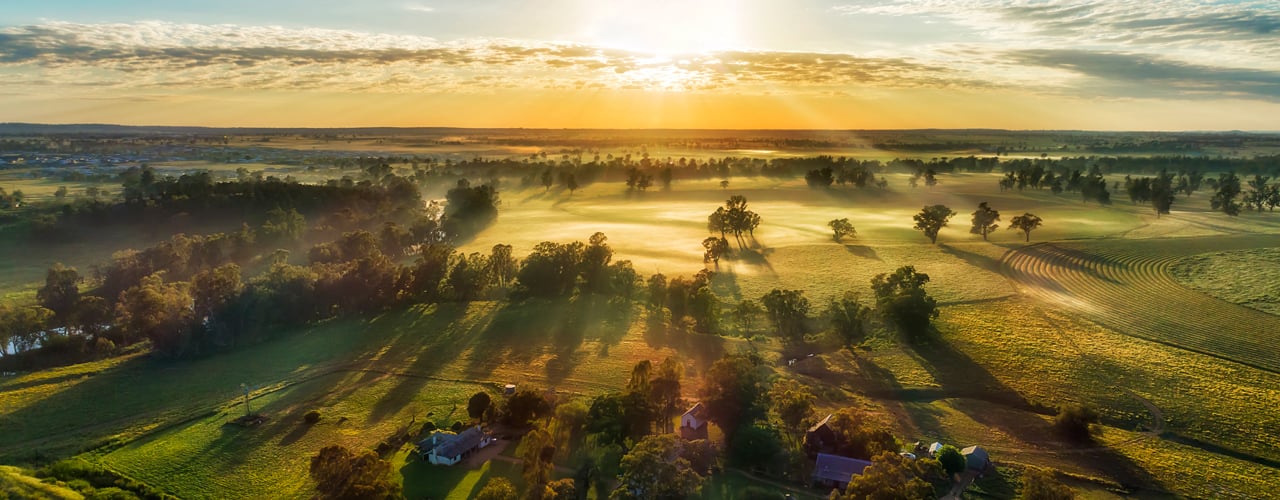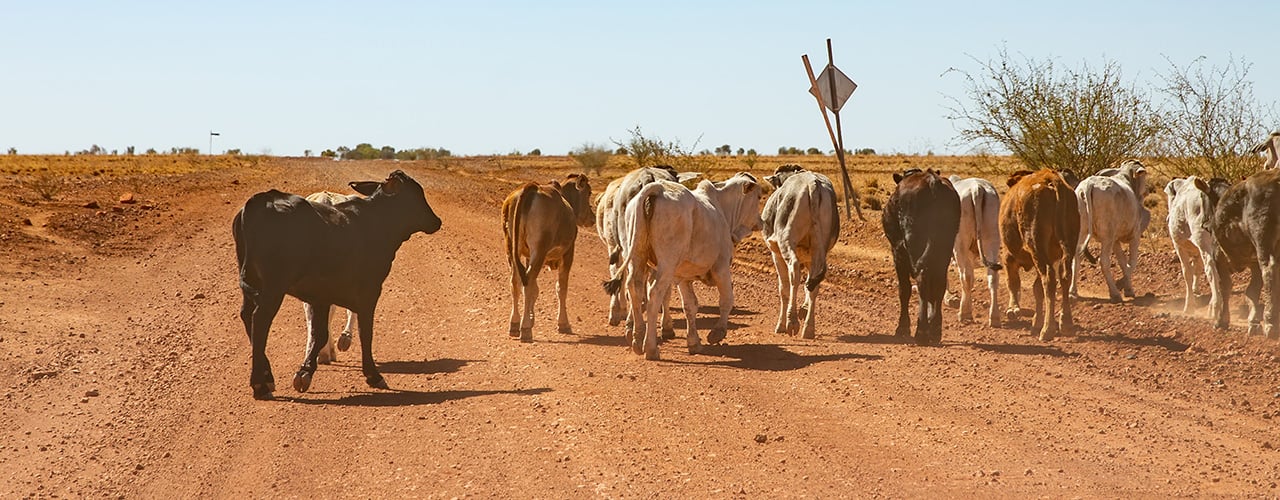Australian dairy is well positioned heading into spring. Price, supply and demand are all tipped to move in a positive direction over the next six months. Feed and water costs are likely to ease however inputs such as fertiliser are likely to appreciate.
Record prices at the farm gate
Australian milk processors have set the bar high for farm gate milk prices. In fact, the average closing price for southern Australia of $7.01/kg MS would equal the record high set in 2019/20. Closing price estimates and revisions to opening prices suggest there may be multiple step ups during the season. The mid-point price of $6.83/kg MS across southern Australia is expected to be four to five per cent higher than 2020/21.
Sluggish supply growth
Milk supply growth of one to two per cent in 2021/22 will be driven by high feed stocks and favourable prices. After a year of consolidation, the focus is expected to shift towards herd optimisation. However, high cattle prices, strong competition for land and labour shortages may keep a lid on herd growth in the second half of 2021.
Robust demand
The transition from retail to premium food service products will continue as the COVID-19 vaccine rollout progresses.
Demand for milk powder will remain above year-on-year levels for July to December. This is driven primarily by underlying demand from China but also interest from other countries. However, the bulk of China’s purchasing in 2020/21 occurred between January and May, suggesting there is a low likelihood of exceeding the monthly highs set earlier this year.
Balanced inputs
Lower feed and water prices are expected to be partially offset by higher fertiliser costs. Feed stocks carried over from 2020 and the forecast of a wet winter bode well for ongoing access to cost effective feed sources. In northern Victoria, lower water prices will assist farmers to grow fodder for the second consecutive season. Gippsland, south west Victoria and Tasmania are well positioned to make the most of pasture-based systems. However, a wetter than average winter could risk waterlogging in some regions.
For more information download Rural Bank’s half yearly outlook report here.
Most Popular
Subscribe to insights today
Receive reports direct to your email by subscribing to Rural Bank Insights.




